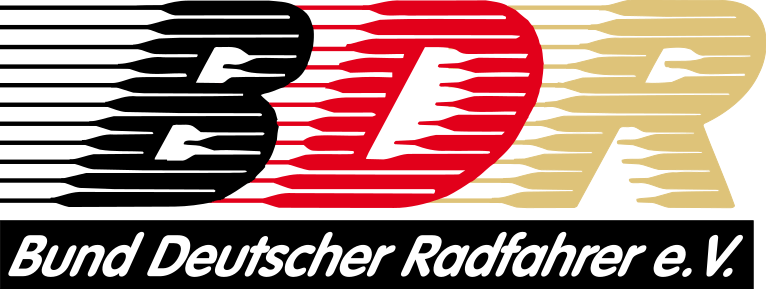Effects of heavy strength training on performance determinants and performance in cycling and running
(Auswirkungen von intensivem Krafttraining auf Leistungsfaktoren und Leistung im Radsport und Lauf)
This thesis presents data from one large research project resulting in four research papers. The main aim of the project was to examine the effects of adding heavy strength training to female endurance athletes` normal endurance training on performance in cycling and running, factors affecting performance, and possible mechanisms behind changes in performance and performance determinants. The secondary aim of the thesis was to compare strength related adaptations after a strength-training program between endurance athletes maintaining their normal endurance training and untrained participants.
To answer the main research question, nineteen well-trained female duathletes (VO2max cycling: 54 ± 3 ml·kg-1·min-1, VO2max running: 53 ± 3 ml·kg-1·min-1) were randomly assigned to either normal endurance training (E, n = 8) or normal endurance training combined with strength training (E+S, n = 11). To answer the second research question an additional group consisting of untrained females were recruited (S, n = 10). These participants performed the same strength training program as the athletes in E+S but performed a maximal of one session of endurance training per week. The strength training program consisted of four lower body exercises (3 x 4-10 repetition maximum) twice a week for 11 weeks. E+S improved 40 min all-out cycling performance while E had no change. The improved performance in E+S were related to improved cycling economy and improved fractional utilization of VO2max, while VO2max remained unchanged. The main mechanisms behind improved cycling economy were increased muscle mass and muscle strength that probably made the athletes able to utilize the more economical type I fibers at higher power outputs after the intervention. A fiber type shift from type IIAX-IIX to type IIA might also have contributed. Improved fractional utilization of VO2max was probably because of an increased muscle mass, which together with unchanged concentration of aerobic enzymes, made more mitochondria available for sharing a certain power output. Running economy, fractional utilization of VO2max in running, VO2max in running and hence 40 min all-out running performance did not change. E+S improved 5 min all-out performance in both running and cycling tested after a prolonged period of submaximal work. No changes occurred in E. In cycling, the improved 5 min all-out performance after the intervention was related to improved cycling economy during the last 2 h of the prolonged cycling and to increased anaerobic capacity. No changes occurred in the prolonged running, so the improved 5 min allout running performance were probably because of improved anaerobic capacity. There were no differences in changes in the ability to develop force during low contraction velocities or in muscle hypertrophy between E+S and S. However, S had a greater increase in maximal isokinetic knee extension torque at an angular velocity of 240°·s-1 and maximal squat jump height compared to E+S.
© Copyright 2015 Alle Rechte vorbehalten.
| Schlagworte: | Ausdauerdisziplinen Radsport Langstreckenlauf Mittelstreckenlauf Training Kraft Relation Leistung Trainingsprogramm Leistungssport Triathlon O2-Aufnahme maximal Muskel Masse Faser anaerob |
|---|---|
| Notationen: | Ausdauersportarten |
| Herausgeber: | Norways Sport University |
| Veröffentlicht: |
Oslo
2015
|
| Seiten: | 260 |
| Dokumentenarten: | Dissertation |
| Sprache: | Englisch |
| Level: | hoch |
